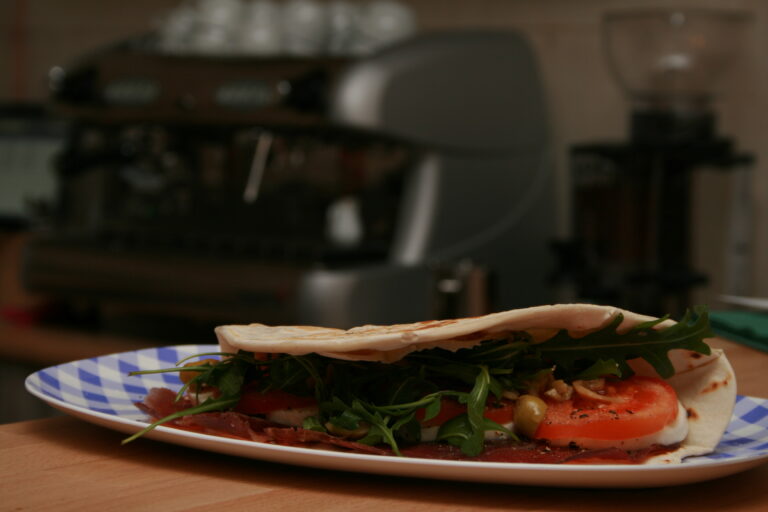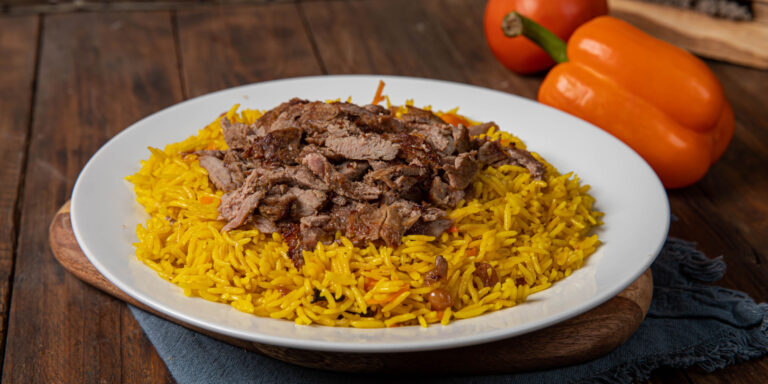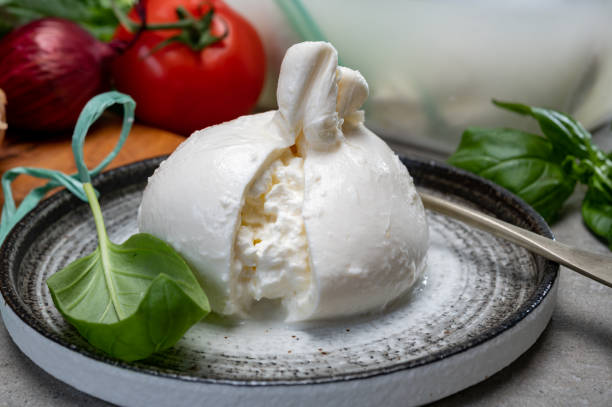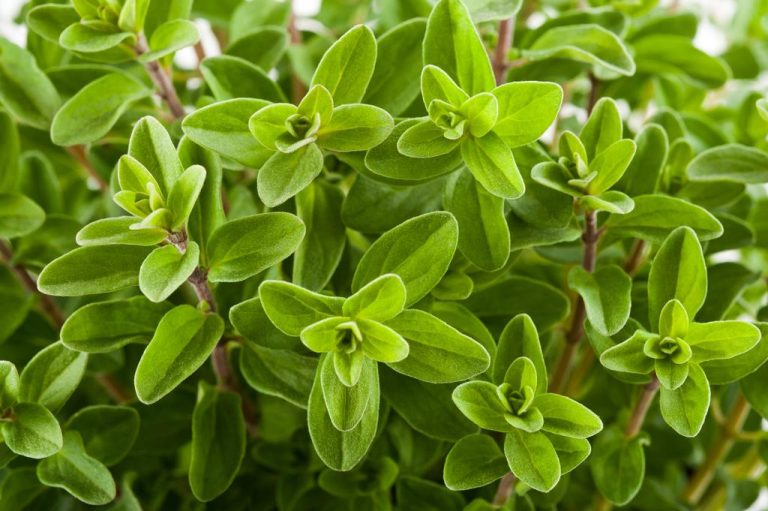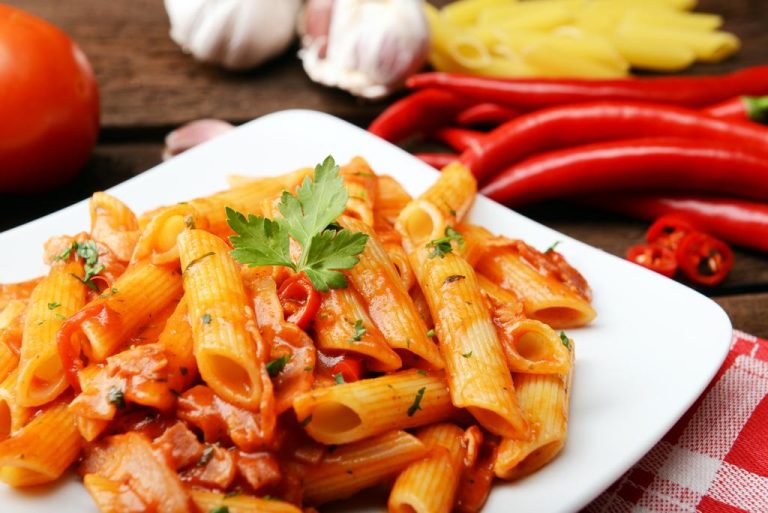Introduction: San Marino’s unique culinary heritage
San Marino is a small, landlocked country surrounded by Italy, situated in the Apennine Mountains. Despite its small size, San Marino boasts a rich and unique culinary heritage, influenced by its historical background and proximity to Italy. San Marino’s cuisine is a reflection of its diverse cultural influences, resulting in a blend of Italian, Mediterranean, and Balkan cooking styles. In this article, we will explore how San Marino’s historical background and proximity to Italy has contributed to its unique culinary heritage.
Historical background: A blend of cultures
San Marino’s history dates back to the 3rd century when Saint Marinus, a Christian stonemason, fled to the mountainous region to escape religious persecution. The country was officially founded in 301 AD and has retained its independence ever since. Throughout its history, San Marino has been influenced by various cultures, including the Roman Empire, Byzantine Empire, and the Ottoman Empire.
During the Renaissance period, San Marino flourished economically and culturally, resulting in an influx of new ideas, including in gastronomy. San Marino’s cuisine is influenced by its past, and traditional dishes are still prepared using age-old recipes and cooking techniques.
Proximity to Italy: Influences on San Marino cuisine
San Marino is located within the Emilia-Romagna region of Italy and shares many similarities with Italian cuisine. The country is known for its excellent olive oil, cured meats, and cheeses. However, San Marino’s proximity to Italy has not only resulted in similarities, but it has also influenced the country’s cuisine.
Throughout history, San Marino has traded with Italy, resulting in the exchange of ingredients and culinary techniques. Italian pasta dishes, risotto, and pizza have all found their way onto San Marino’s menus, with local twists added. San Marino’s cuisine is a fusion of traditional ingredients and techniques, with Italian influences that have helped shape the country’s culinary heritage.
Traditional dishes: A taste of the past
San Marino’s traditional dishes are a reflection of its past and cultural influences. One such dish is ‘Torta Tre Monti,’ a layered cake made with hazelnuts, chocolate, and vanilla cream. This dessert is a symbol of San Marino and is served on special occasions, such as weddings and birthdays.
Another traditional dish is ‘Cacciatello,’ a slow-cooked stew of wild game, such as hare or rabbit, combined with vegetables and herbs. The dish is usually served with polenta, a type of cornmeal, and is a hearty meal enjoyed by locals and visitors alike.
Modern twists: Fusion cuisine in San Marino
San Marino’s cuisine is not limited to its traditional dishes. The country has embraced fusion cuisine, combining traditional ingredients with new techniques and influences. One example of this is ‘Tagliatelle con funghi porcini,’ a pasta dish made with porcini mushrooms and truffles, an Italian influence.
San Marino’s cuisine has also embraced vegetarian and vegan dishes, with the use of local vegetables, such as zucchini, peppers, and eggplants, paired with herbs and spices to create flavorful and healthy dishes.
Conclusion: A delicious reflection of San Marino’s history
San Marino’s cuisine is a reflection of its unique history and cultural influences. The country’s proximity to Italy has resulted in a fusion of culinary techniques and ingredients, resulting in a delicious and diverse cuisine. San Marino’s traditional dishes, such as Torta Tre Monti and Cacciatello, combined with modern twists, such as Tagliatelle con funghi porcini, make the country’s cuisine a must-try for food lovers.

